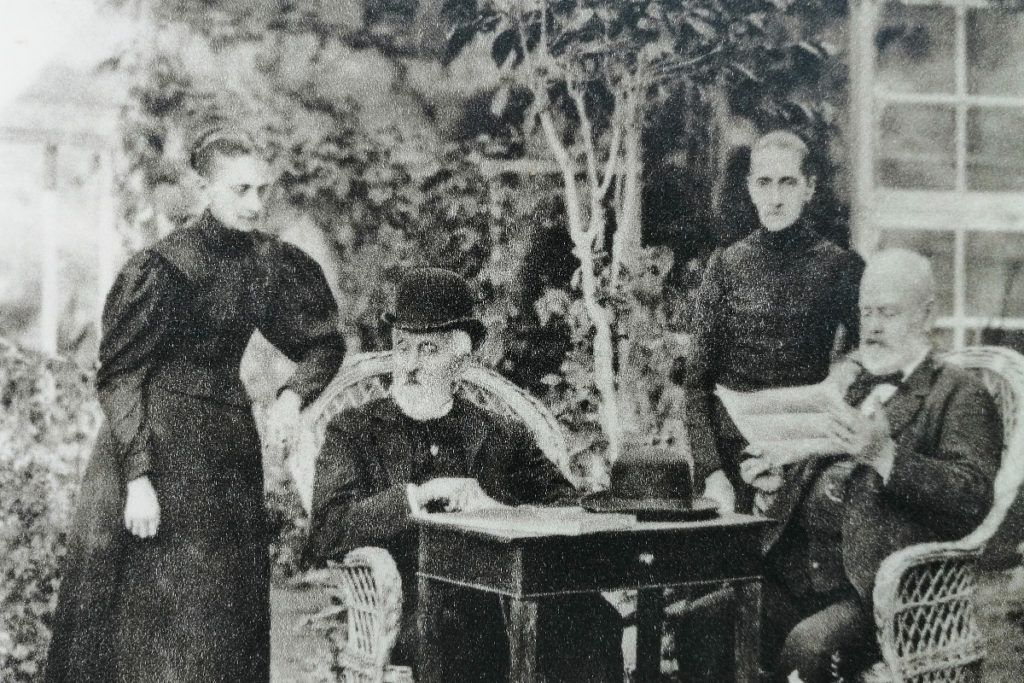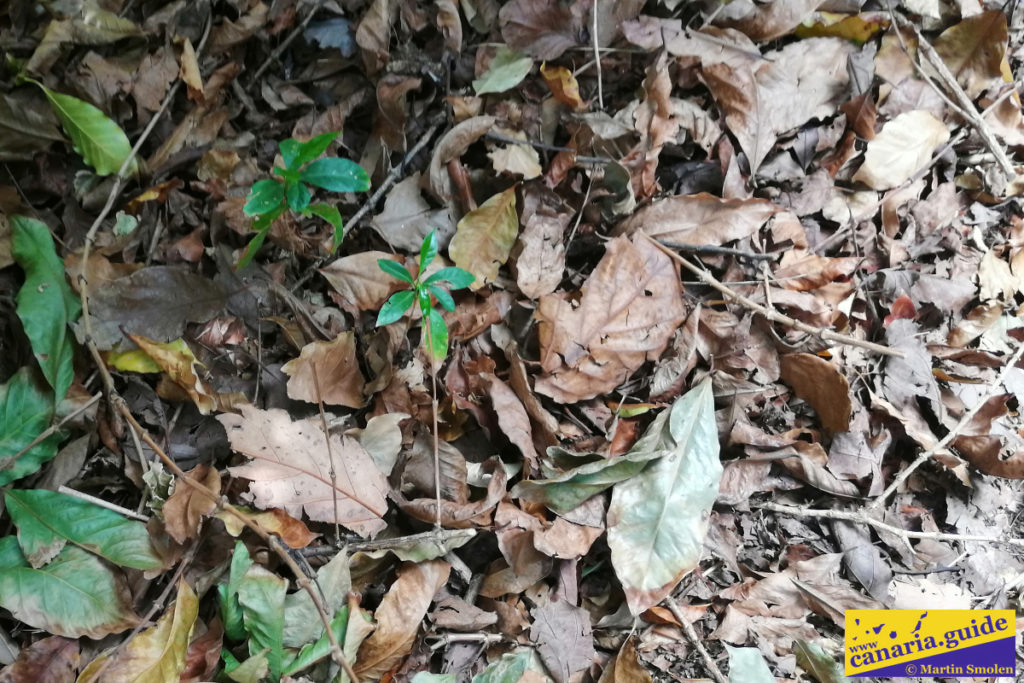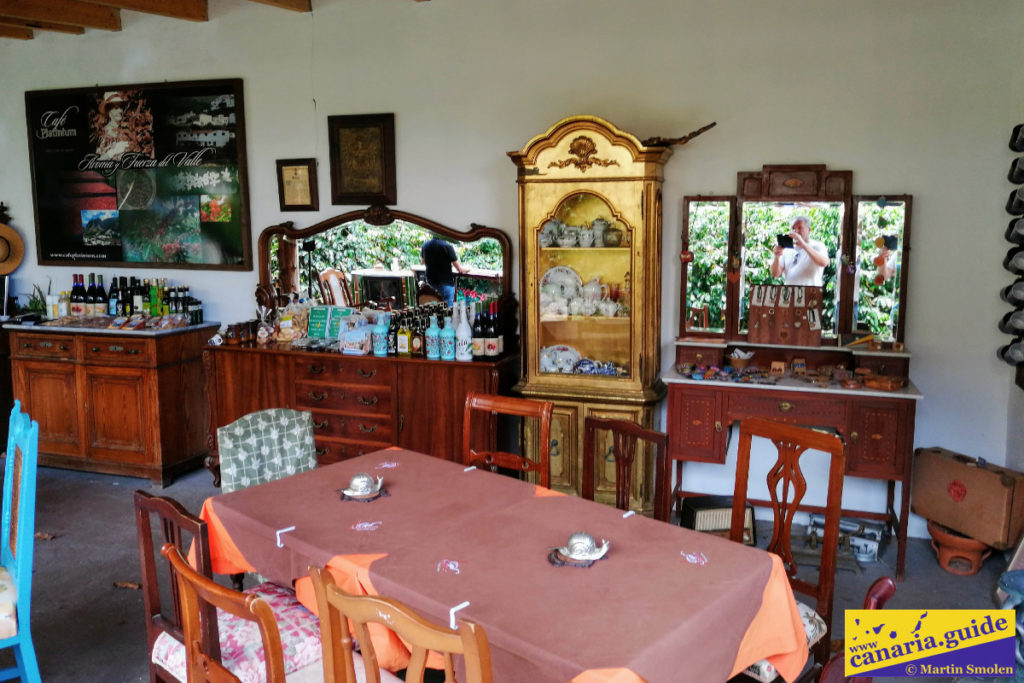When coffee is said, each of us imagines a dark drink. Someone expands it with terms such as ristretto, espresso, lungo or americano. “Ordinary” coffee makers will be satisfied with a press, a press with milk, a cappuccino or a latte. When we remember the school, we remember coffee plantations from South America, Africa or Asia.

However, Gran Canaria also has its connection with coffee, which few people know about. The Canary Islands are the only place in Europe where coffee is grown. However, Gran Canaria can be proud of another superlative. The Agaete Valley is the northernmost place where coffee is grown in the world. And this is where we look at today’s article.
Why Agaete
The village of Agaete is known for its agriculture and fishing because it is located between the mountains of the Agaete valley and the Atlantic coast, with its famous and picturesque port of Puerto de Las Nieves. As for crops, in the fertile valley of Agaete, we can find a wide variety of products that are born here. Whether it’s oranges, mangoes, papaya, apples, limes, but especially coffee.

The climatic conditions in the Agaete Valley are reminiscent of the Colombian Sierra de Santa Marta. Temperatures here never fall below 18 ° C, I get plenty of humidity but also sunlight. The conditions that this crop loves. Agaete coffee is unique in its taste. It is a variety of the species Arabica, native to Ethiopia. You found your home here 200 years ago.

How it all started
The history of coffee in the Valle de Agaete is part of the beginnings of coffee growing in the Canary Islands. In Gran Canaria, coffee reached via the island of Tenerife. There, in 1788, a so-called acclimatization garden was established in Orotava. Coffee was also part of the first batch of exotic seeds and plants from America and Asia. The first seeds did not reach the island of Gran Canaria until the second half of the 19th century. century.

The first written mention of coffee from the Agaete valley dates from 1878. At that time, all the Spanish provinces presented their best agricultural products at the World’s Fair in Paris. The coffee brought by Antonio de Armas Jiménez went unnoticed and won a bronze medal in the food section.

Agaete coffee was mentioned in 1885 in her book “Tenerife and its six satellites” by the famous English traveler and naturalist Olivia Stone. In 1891, French anthropologist René Verneau also mentions Agaete coffee in his book “Cinq années de séjour aux Iles Canaries”.

The further development of coffee growing occurs in the 20s and 30s of the last century. At that time, emigrants from Latin America, especially Cuba, began to return to Gran Canaria. One of them was José Francisco Gil Rodrígues, who settled in the Agaete Valley in 1920. He decided to use his knowledge of coffee plantations in Gran Canaria. For his plantation, he bought plants from the Armas family, but he also brought his own seeds from America.
What to add at the end
In the 1930s and 1940s, coffee production in the Canary Islands began to decline until it completely disappeared. The only highlight is the Valle de Agaete, where coffee continues to be grown in the traditional way.

It must not be forgotten that coffee collection, sorting and peeling are still done manually, which is a very expensive job. At Agaete, coffee has survived for decades, overcoming all obstacles and becoming a reference coffee around the world. Coffee lovers have the opportunity to enjoy this coffee almost exclusively in the Canary Islands. The production is in the order of tons per year.

Of course, coffee tastes best under the coffee tree. You too can enjoy it in this way and at the same time get acquainted with its cultivation, collection, roasting and preparation directly from the most professional mouths. During a trip organized by Gran Canaria Travel, you will be guided around the plantation by a smiling Santiago, whose grandparents were among the pioneers in coffee growing in Gran Canaria.

Did you like this article, was it useful to you? You can also support the creation of this website by sending any amount to ES08 0049 5735 1122 1616 5370, swift BSCHESMM. Include “Canaria Guide Support” in the note. Thank you for supporting.



